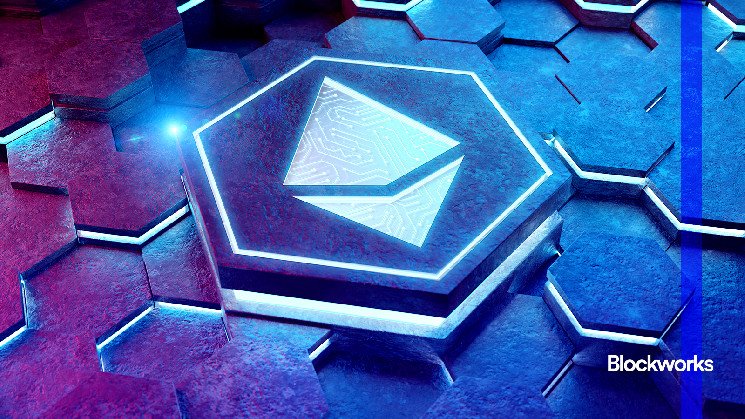This is a segment from the 0xResearch newsletter. To read full editions, subscribe.
If you ask the average person in crypto what problems the industry faces today, “too many chains, not enough apps” quickly comes up as a common gripe.
This complaint has a striking parallel to the days of the early internet.
During the dot-com boom of the late 90s and early 2000s, skeptics similarly criticized the perceived overinvestment in excessive infrastructure, particularly fiber optics.
Telecom companies (Global Crossing, WorldCom, AT&T) spent billions laying undersea cables and long-haul fiber networks based on the belief that internet traffic would grow exponentially.
Even internet pioneer Bob Metcalfe criticized this perceived overinvestment, arguing that there simply wouldn’t be enough demand.
With the luxury of hindsight, we now know that Metcalfe was wrong (Metcalfe literally ate his words in 2006 after he conceded his error).
The explosive surplus of bandwidth is what makes amazing products like YouTube, cloud computing, and Netflix possible today.
Netflix, for instance, was a mail-based DVD rental business for years until it slowly began its transition to streaming in 2007 — thanks to the foundations of bandwidth infrastructure that had been laid prior.
In short, the bet that “if we build it, demand will come” eventually proved true for the internet, though it took a decade and the bankruptcy of internet infrastructure companies like Global Crossing.
Ethereum is (kind of) placing its chips on a similar bet today.
Per its rollup-centric roadmap, the Ethereum L1 today in effect gives up execution fees to L2s.
But Ethereum plans to eventually reap the profits in data availability (DA) fees through its upcoming upgrades to scale the supply of DA. The idea is that Ethereum DA will eventually be so abundantly plentiful that it would induce eventual user demand.
Just like the early internet builders, Ethereum researcher Justin Drake believes that “if we build it, demand will come.”
Drake’s moonshot math looks like this: At 10 million TPS, with each transaction paying $0.001 in DA fees to Ethereum, that comes up to ~$1 billion per day of revenue for Ethereum.
(This assumes L2s use the Ethereum L1 for DA, as opposed to an alternative DA layer like Celestia or EigenLayer. But Drake believes the benefits of synchronous composability will make it so.)
It’s a bold thesis, considering DA consumption today; Ethereum’s blob gas fees came up to about a mere $272k in March.
Maybe Ethereum bulls believe Web3 will play out similarly to the history of Web2, but Ethereum doesn’t exist in a silo, and it faces stiff competition from other chains.
We also still have so few guesses as to the kinds of onchain applications that will dominate blockchain usage. Will the world need that much data availability?
But I digress. The claim that there are “too many chains” may eventually be true. But it’s too early to tell, as it was in the early days of the internet.
If true, markets are serving to curb further wasteful spending. Case in point: The L1 premium has been rapidly compressing.
The days of $300-$500 million dollar raises for an L1 are over. L1/L2 blockchain raises in 2024 ranged from as low as $14 million (Initia) to as high as $100 million (Berachain) and $225 million (Monad).
Read the full article here
